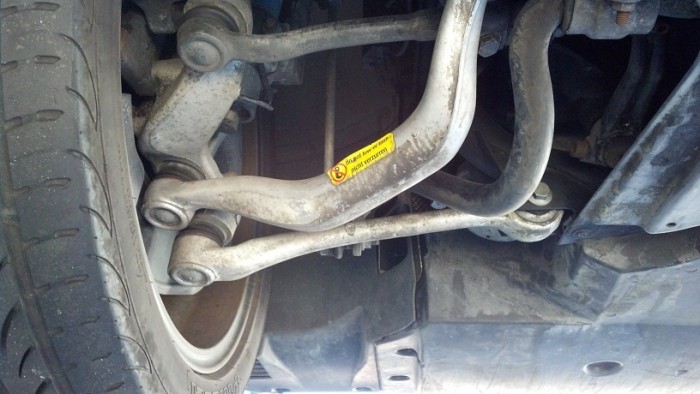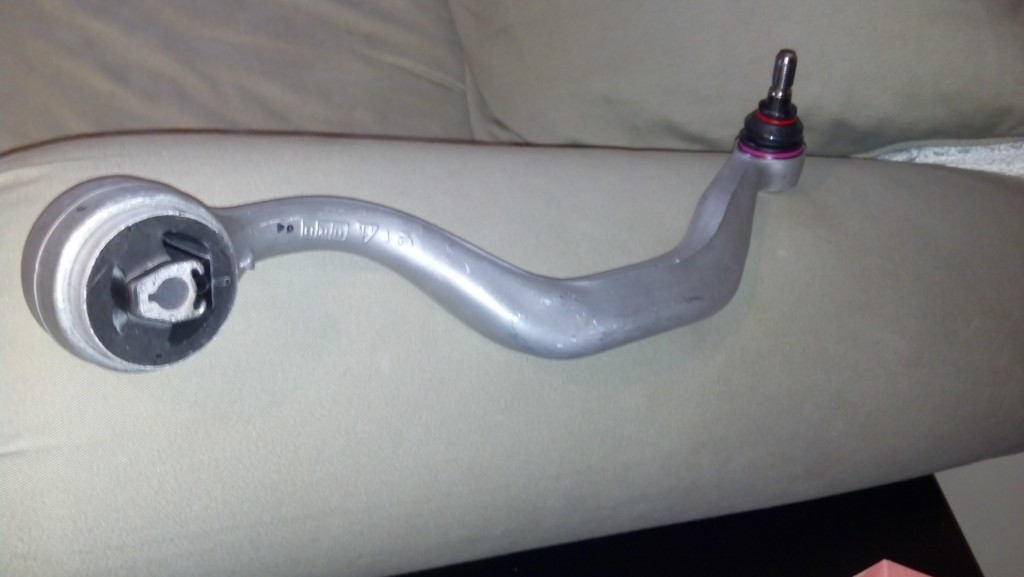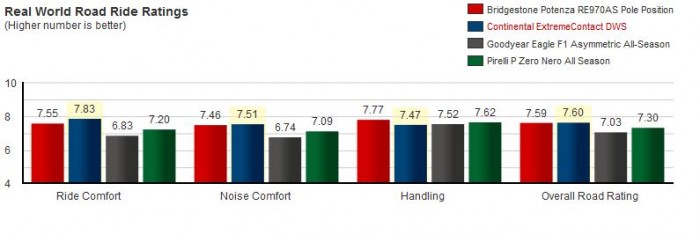This week I solved a problem with my E39 M5 having a vibration at highway speeds. At 70 mph there was a vibration that seemed to come from directly beneath the car. It was not coming from the steering wheel, and was not connected to accelerating or braking.
BMW suspensions have a reputation for being sensitive. Owners can easily spend a lot of time, money and frustration chasing down these issues.
Part of the issue has to do with BMW designing suspensions that are very performance oriented. One of the best explanations of BMW vibration I’ve read is from a quarterly newsletter put out by Bavarian Autosport, a long-time supplier of BMW parts and accessories:
The suspension on our BMWs is designed to deliver comfort, performance, safety and economy. These four considerations do not always make good bedfellows, and the chassis designers must compromise on one or more of these goals. For example, comfort and performance require lightweight suspension components (in comparison to chassis weight). This results in a trade-off in long-term durability plus sensitivity to issues that can cause vibrations.Similarly, designing for performance requires suspension geometry and alignment specifications that may cause accelerated wear on components – not the best for economy. Our BMWs are designed to be comfortable and safe at high speeds on unrestricted highways, tricky mountain roads and those beautiful, country two-lanes that point to destinations yet unknown. To be safe in all of these scenarios, the chassis and suspension must be designed primarily for performance. This is accomplished through the suspension geometry design (how the suspension parts move as the suspension is compressed and extended) and the wheel alignment.
There were many possible causes of the vibration. Brake rotors that need replacing can cause vibration, but in that case I’d feel it under braking. Some fellow owners thought it could be the giubo or flex disk, the mechanism that connects the transmission to the drivetrain. But looking at it with the car in the air indicated no problems, and in that case there should have been vibration under acceleration at any speed, which I wasn’t experiencing.
Relatively quickly I focused in on two possibilities. My M5 had a loose thrust arm, it could be moved easily by hand with the car on a lift. So I decided to replace both with an upgraded set of thrust arms and bushings from EAC Euro Parts that should be stronger than the OEM part. (BMW calls the part a traction strut.) Replacing the thrust arms required an alignment as well.
I also purchased new tires for the car. The Pirelli P Nero Zeros on the car didn’t look bad, but there was wear visible and it had been almost two years since I bought the car. Purchasing the right tires can be complicated, as I wrote about when I got new ones for my M3. I needed to go all season for the M5, since the M3 has summer tires and isn’t driven much in winter. Until global warming is much farther along, the DC metro area still gets occasional snow and freezing temperatures.
Based on user feedback and a TireRack tire test of the best ultra performance all season tires, I went with the Continental ExtremeContact DWS tires. There was a lot of positive feedback from owners about this tire, and I will be able to rotate the tires side to side (not traditional rotation, since my tires are staggered). The tire ranked #1 in the TireRack review, the Bridgestone Potenza RE970AS, is a directional tire and that means I would not have been able to rotate and get the most mileage out of them. I had the tires installed and balanced with the Hunter GSP9700 road force system at my neighborhood shop Hollin Hall Automotive.
These two replacements have eliminated the vibration. I can’t tell which one did more than the other to fix the problem. I’m confident my car needed both issues addressed, so I’m not too worried about which one might be more responsible for the fix. The main thing is my M5 is once again a smooth operator at autobahn speed.



Thanks for the blog updates.
I, too, have staggered tires (an 06 330i, sport) but wonder what the effectiveness of rotating side to side is, considering all you are doing is switching which turns left/right. One likely should assume you make about as many left and right turns over the span of the tire (unless you are a NASCAR driver!). Any thoughts on the necessity of side to side rotating? (I have Michelin PSS and could theoretically do this too. Just curious.)
Thanks for this post Chris. I have the same issue, I changed the end tie rods hoping it would solve the issue-no luck. I have a pair of thrust arms ready to go in
Btw I am also in the DMV area, MD to be specific. Kindly pm me with any indie recommendation. Thanks.